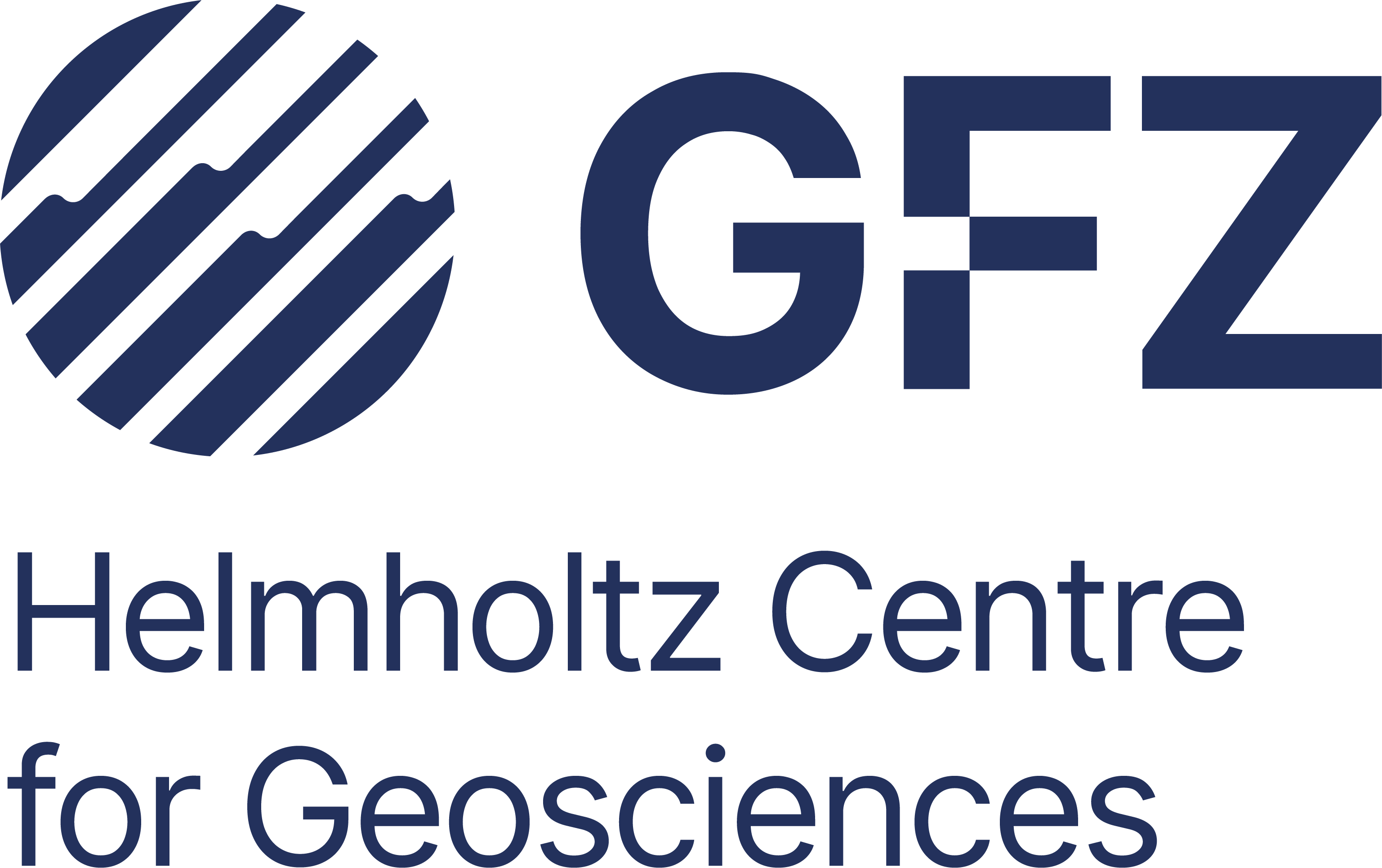Work Package A-2: Ore characterization at the micro-scale and PGE deportment
Work package 2 will to quantify the physical and chemical nature of primary chromite ores from the Thaba mine, with emphasis on the mineral identities and grain sizes of PGE-bearing phases and their textural relation to the bulk chromite ore. Work on other chromite-hosted platinum ores in Bushveld suggest most PGE values are located in sulfide minerals and therefore amenable to flotation but this must be tested and the distribution of sulfide minerals, including their aggregate states (clusters, free grains, veinlets) must be determined. The results of ore mineralogy will be used to guide process-engineering solutions for efficient beneficiation and metals extraction in Target C.
Main partners:
GFZ, MfN, Mintek
Tools and methods:
Routine 2D analysis of thin sections using optical and electron microscopy, with mineral identification by back-scatter electron (BSE) imaging and energy-dispersive spectroscopy (EDS). Mineral abundances of the main phases in bulk ore samples will be determined by X-ray powder diffractometry using Rietfeldt refinement. For a subset of representative samples, quantitative mineral distribution and textural maps will be obtained by automated scanning electron microscopy.
Detailed 3D imaging by micro X-ray CT will be done on selected samples to quantify ore textures and intergrowths. Mineral identification in 3D images is based on X-ray absorption and will be calibrated using specially-prepared synthetic "reference ores".
Chemical microanalysis of ore minerals will be done by high-resolution field-emission electron microprobe. Laser-ablation ICPMS will provide trace element analyses of mineral phases. Additional instruments are available for ultra-fine grained minerals (transmission electron microscope with focused ion-beam milling) or for ultra low-abundance elemental and isotope analyses (secondary ion mass spectrometry).




